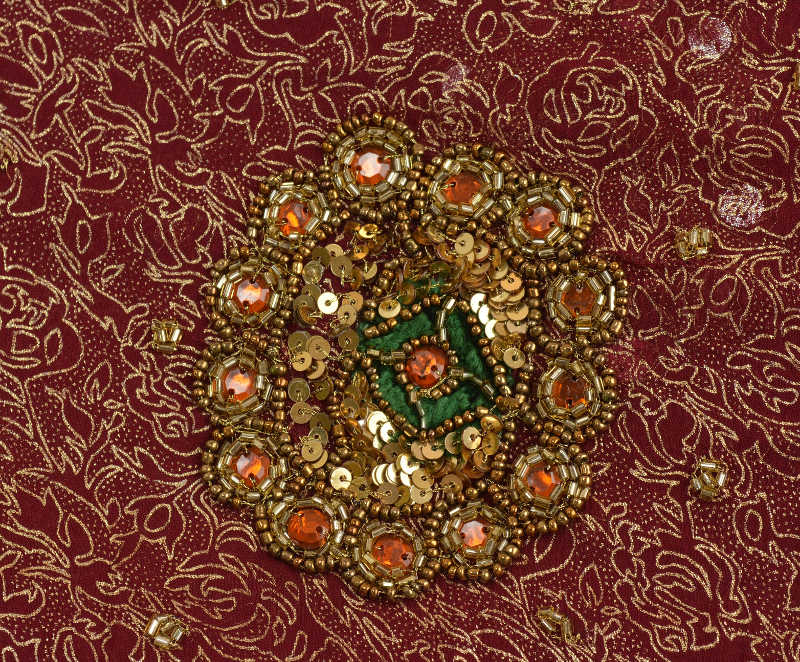===
0429,
4
===

=== |
 |
khichnaa (of which khi;Nchnaa is a variant): 'To be drawn, dragged, or pulled, &c.; to be attracted; to be absorbed, be sucked in; to be drawn out, be extended, be stretched; to stretch; to be extracted; to be drawn tight, be tightened; ... —to be drawn, be delineated, be sketched, be traced'. (Platts p.872)
muhr : 'A seal; seal-ring; —impression of a seal; a stamp'. (Platts p.1099)
:tuumaar : 'A paper, &c. folded or rolled up,' a roll, scroll; a volume, book; an account-book'. (Platts p.754)
FWP:
SETS
MOTIFS == COMMERCE
NAMES
TERMS == WORDPLAYThere's also the classically multivalent kaam : in its Persian (and Sanskritic) sense it means 'desire, longing' (so that it is both a cause and a result of shauq ); and in its main Urdu/Hindi sense it means 'work, task' (as in the work done by a seal in identifying papers). For more on this, see {7,1}.